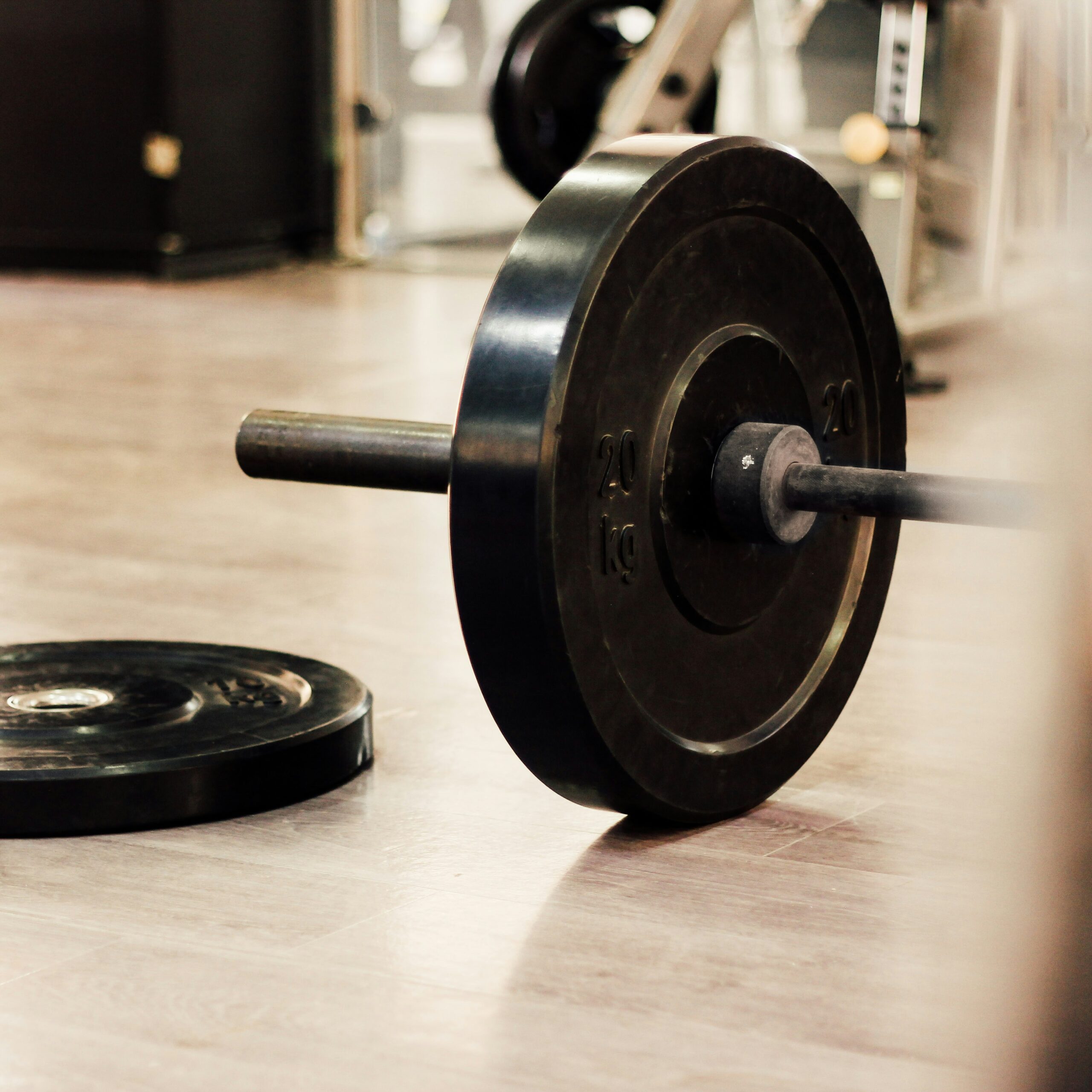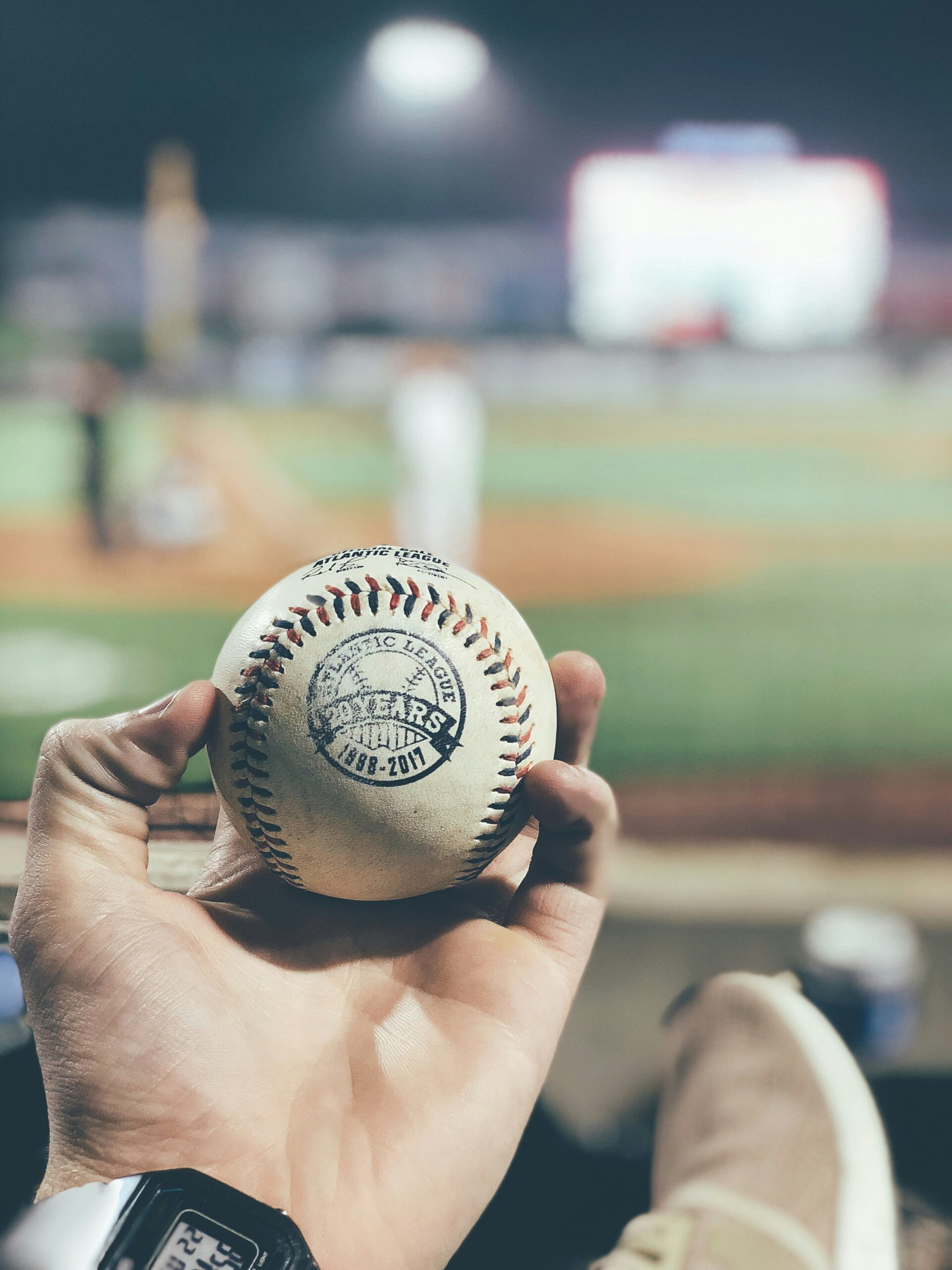Elevate Your Game with Mindfulness Techniques for Athletes
In the high-stakes world of sports, where the margin between victory and defeat can hinge on the slightest miscalculation, athletes are always on the lookout for an edge. While physical training and strategy are critical, one component often overlooked is the mental aspect of performance. Enter mindfulness—a holistic approach that has gained traction among athletes across various disciplines. But what exactly is mindfulness, and how can it help you elevate your game? Buckle up, because we’re about to dive deep into the world of mindfulness techniques tailored specifically for athletes.
What is Mindfulness?
Mindfulness is, at its core, the practice of being present in the moment. It encourages individuals to become aware of their thoughts, feelings, and surroundings without judgment. Think of it as a mental reset button that can clear the clutter of distractions. This concept isn’t just a buzzword being tossed around in yoga studios; it’s backed by considerable research demonstrating its positive effects on focus, stress reduction, and overall performance.
For athletes, this means being fully engaged in their sport—whether it’s the feeling of the ball on their foot, the rhythm of their breath, or the sounds of the crowd. I remember attending a local marathon a few years ago. One runner, clearly in tune with his surroundings, seemed to dance through the race while others struggled. I later learned he practiced mindfulness regularly. Coincidence? I think not.
The Science Behind Mindfulness
So, what does the research say? Numerous studies suggest that mindfulness can lead to improved concentration and reduced anxiety. For instance, a study published in the Journal of Sport & Exercise Psychology found that athletes who practiced mindfulness experienced lower levels of performance anxiety and higher levels of self-confidence. These findings are not just for the elite athletes; they can apply to weekend warriors and casual players alike.
Another compelling piece of research from the University of California revealed that mindfulness training improved the performance of athletes in high-pressure situations. The participants showed greater emotional regulation and resilience during competitions. This is critical when you consider how a single moment of panic can derail an entire game.
Mindfulness Techniques for Athletes
Now that we’ve established the benefits, let’s explore some practical mindfulness techniques that athletes can incorporate into their training regimens. Some of these might seem a bit out there at first, but trust me—once you get the hang of them, you’ll wonder how you ever managed without them.
1. Breath Awareness
This is perhaps the simplest yet most effective technique. It involves focusing solely on your breath—inhale, exhale, repeat. Not only does this practice help center your thoughts, but it can also reduce anxiety. Try this before a big game or during your warm-up. As you breathe in through your nose and out through your mouth, visualize your stress leaving your body. This technique can be done anywhere—before a match, during a timeout, or even while waiting in line for your morning coffee.
2. Body Scan Meditation
The body scan is a fantastic way to increase body awareness and relaxation. Here’s how it works: find a quiet spot, sit or lie down comfortably, and close your eyes. Start by focusing on your toes, then gradually move up through your body, paying attention to any sensations or tension. As you do this, imagine breathing into those areas of tension and releasing them. It’s like giving your body a well-deserved tune-up. I often recommend this technique to athletes recovering from injuries—it’s a great way to reconnect with your body.
3. Visualization
Visualization is a powerful mental rehearsal technique. Top athletes, from Olympic gold medalists to weekend soccer players, often use it. Picture yourself executing a perfect jump shot or crossing the finish line first. The key is to make the visualization as vivid as possible. Feel the emotions, hear the crowd, and see every detail. Research suggests that this practice can enhance performance by priming your brain for success. I once interviewed a coach who swore by this—it was like he had a crystal ball for his athletes’ triumphs!
4. Mindful Movement
Whether it’s yoga, tai chi, or simply stretching, mindful movement integrates physical activity with awareness. This practice not only improves flexibility and strength but also sharpens focus. As you perform each movement, concentrate on how your body feels and the rhythm of your breath. It’s a beautiful way to enhance your connection with your body while also preparing for competition. I recall my own experience trying yoga for the first time—let’s just say, I learned that flexibility isn’t just for the body!
5. Journaling
Now, this might sound a bit unconventional, but journaling can be a great mindfulness tool. Spend a few minutes every day writing down your thoughts, feelings, and experiences related to your sport. This practice helps in processing emotions, setting goals, and reflecting on your performance. I’ve seen athletes use journals to track their progress and even identify patterns in their mindset before competitions. It’s like having a personal coach on paper!
Integrating Mindfulness into Training
Adopting mindfulness techniques doesn’t have to be an all-or-nothing approach. The beauty of these practices is their flexibility. Start small—choose one or two techniques that resonate with you. Gradually integrate them into your training routine. Here’s a straightforward plan to help you get started:
- Week 1: Focus on breath awareness. Try it for 5 minutes each day.
- Week 2: Add body scan meditation to your routine, aiming for 10 minutes every other day.
- Week 3: Begin visualization before each practice session.
- Week 4: Incorporate mindful movement into your warm-up or cool-down.
- Week 5: Start journaling about your experiences and feelings related to your training.
Remember, the goal is to cultivate a habit, not to overwhelm yourself. Be patient. It struck me that many athletes approach mindfulness with the same intensity they do their physical training—this can lead to burnout just as easily!
Real-World Applications
Mindfulness isn’t just for individual athletes; teams can benefit significantly as well. Take, for instance, the Chicago Bulls during their 1990s dynasty. Coach Phil Jackson, known as the “Zen Master,” integrated mindfulness practices into the team’s training. He encouraged players to meditate, focusing on being present during games. The results? Six NBA championships—a testament to the power of a focused mind.
Similarly, the New Zealand All Blacks, one of the most successful rugby teams in history, incorporate mindfulness into their training. They emphasize mental resilience, and the players are trained to maintain focus amid high-pressure situations, allowing them to perform at their best when it matters most.
Personal Stories of Mindfulness Success
To further illustrate the effectiveness of mindfulness, let’s take a look at some personal stories from athletes who have adopted these techniques. There’s a well-known story about professional golfer Rory McIlroy. After struggling with anxiety and performance pressure, he turned to mindfulness to help him regain his focus. The transformation was remarkable, and he credits mindfulness with helping him win multiple major championships. His journey serves as a beacon of hope for those grappling with similar challenges.
Another inspiring tale comes from Olympic swimmer Michael Phelps. He was open about his struggles with mental health, but over time, he found solace in mindfulness practices. By focusing on being present during his races, he was able to channel his nerves into a powerful performance. His story highlights that even the most decorated athletes face mental hurdles, and mindfulness can be a game-changer.
Challenges and Misconceptions
Despite the proven benefits, some misconceptions linger around mindfulness. One common myth is that it requires hours of time each day. In reality, even a few minutes can make a difference. Another misconception is that mindfulness is about emptying your mind. In truth, it’s about observing your thoughts without getting caught up in them. (Believe me, I’ve tried to empty my mind, and it’s like trying to catch smoke with my bare hands!)
Additionally, integrating mindfulness into your routine can be challenging, especially for those who are used to a fast-paced lifestyle. It’s essential to approach mindfulness with an open mind, allowing for setbacks and growth.
Final Thoughts
As we wrap up this exploration of mindfulness techniques for athletes, it’s important to remember that the journey to mental mastery is not a sprint but a marathon. Like any skill, mindfulness takes practice and patience. Whether you’re a professional athlete, a weekend warrior, or just someone looking to enhance performance in daily activities, these techniques can provide a significant boost.
So, the next time you find yourself feeling overwhelmed or distracted during a game or practice, take a moment to breathe, center yourself, and embrace the present. You might be surprised at the incredible ways your performance can soar. After all, in sports—as in life—the greatest victories often come from within.
Now, go ahead and elevate your game! Your mind is waiting to take you places you’ve never imagined.




